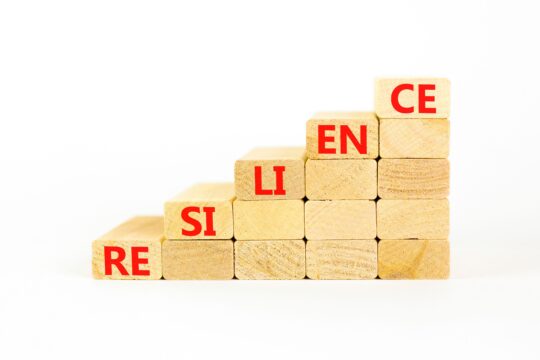Chocolate Chip Day, Taco Day, Caps Lock Day, and Candy Corn Day; these days there’s just about a “day” for anything. But have you heard of Space Day? This annual, unofficial educational holiday is one you may not be familiar with, but it is sure to bring excitement and enlightenment to your students. Continue reading for an explanation on what exactly Space Day is, reasons to incorporate it into student learning, and specific activities you can do in your classroom for Space Day each year.
What is Space Day?
Space Day (sometimes referred to as International Space Day or National Space Day) was created in 1997 by the global security and aerospace company Lockheed Martin. The purpose of having a day dedicated to space is to promote science, technology, engineering, and mathematics (STEM) fields among young people. It is a day meant for youth to learn about space and space exploration and the fields they could go into that relate to space. Below are other reasons why incorporating Space Day into student learning may be really valuable.
Reasons to Incorporate It into Student Learning
While the concept of space is introduced to students as early as Kindergarten, it is often condensed into one unit during the school year. Yet space has so many components that the idea could really carry on throughout the course of the school year.
That’s what makes Space Day valuable for students; they get another look at space and an opportunity to extend their space learning outside of the standard they were taught. Space Day is a chance for students to see the different types of jobs they could grow up to do; astronaut, engineer telecommunications, navigation satellites, or scientific investigations. Their curiosity for a world further than their eyes can see and a global perspective of the universe as a whole will help students think outside of the four walls they spend most of their days inside.
Strategies and Activities to Bring Space Day into your Class
Mapping Through Earth’s Clouds
In this activity, students will explore how clouds often hide large areas of the Earth’s surface. Radar is used to make detailed maps of Earth without having to “see” everything that is covered by clouds or darkness.
Gather a box with no lid and place a piece of paper over the top so no one can see inside. The teacher (or a parent if you are distance learning) will place a concealed object inside the box. Your goal is to figure out what the object is. You may poke holes in the box, examining how far your stick goes straight down before it touches something. As you pull your stick out, measure how far it went in. Mark this hole by using a color system: blue is 5 inches deep, purple is 6 inches deep, etc. This marking will create a topographical map of the object inside. After creating your topographical map, use other tools to start uncovering the paper and figuring out what precisely the object is, or keep it up to your imagination (NASA Closed Box Activity).
Star Lab
Imagine being able to sit with your entire class under the stars and view what the sky looks like today, what it looked like on the day you were born, or even 100s of years ago. You could watch constellations appear that you had never seen before, or let their shapes be filled in so you can truly picture what they look and how they go with the stories they hold.
With Star Lab, you can do just that. This teaching aid, geared toward astronomy, is composed of a dome made out of opaque vinyl. The projector displays images on the inside of the dome that are highly accurate astronomical simulations. Having gotten the opportunity to attend a star lab many years in elementary school, I can testify that it was an experience like no other. Contact Star Lab for a pricing quote today, or reach out to your PTSA for a grant opportunity. This in-house field trip is sure to be a memorable experience for grades K on up.
Comet on a Stick
A comet is a chunk of ice, rock, or gas flying through outer space. When they get close to the sun they heat up, and we can see the glow and their long tails. This activity involves making your own comet!
Gather popsicle sticks, different colors of ribbon, scissors, and tin foil. The different colors of ribbon will look like the nucleus, coma, and the dust tail. Tie these 3 ribbon pieces to the popsicle stick. Scrunch up the tin foil around the tip of the stick, creating a ball. Repeat 2 more times with more tin foil. Then, hold onto the popsicle stick and let your comet fly around the classroom! This activity is perfect for lower elementary students, and helps give them an understanding of these amazing cosmic snowballs (NASA Comet on a Stick).
Space Day and Children’s Literature
Looking for more ways to incorporate space into your classroom? Literature can be a simple and easy place to start. National Geographic Little Kids First Big Book of Space is filled with intriguing facts about the solar system and would be a great piece of text for an end-of-the-day read-aloud.
Is there a meteor shower coming up? Use the book Sky Gazing: A Guide to the Moon, Sun, Planets, Stars, Eclipses, and Constellations to explain the why behind phenomena such as meteor showers, northern lights, or eclipses. Or, use the board book 8 Little Planets: A Solar System Book for Kids with Unique Planet Cutouts in the lower elementary students library for a great read-to-self text.
The more exposure students have with space, the more their curiosity will grow. Space Day is another way to promote science, technology, engineering, and mathematics fields among young people and extend their understanding past the stars they can see and into the vast universe above.




